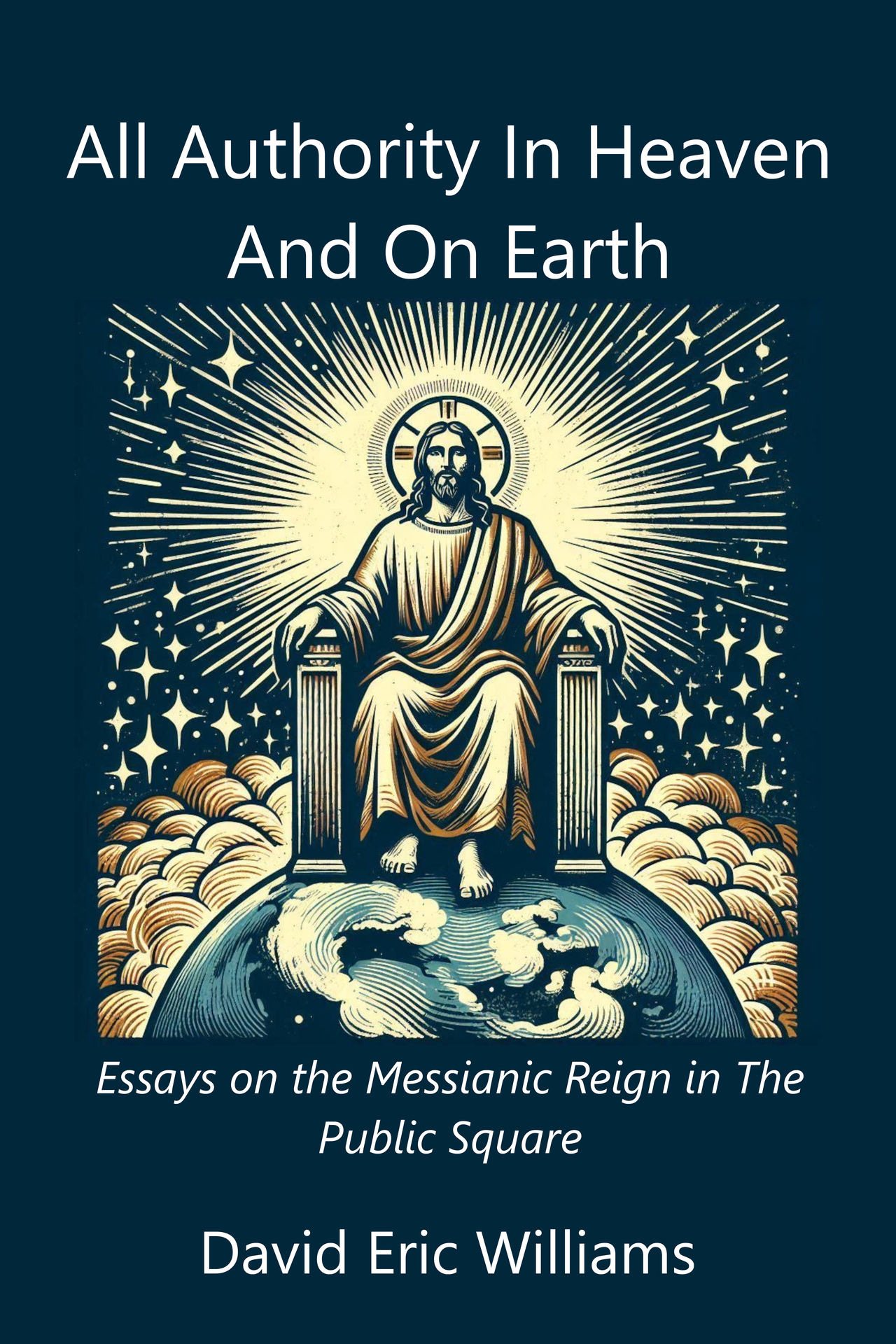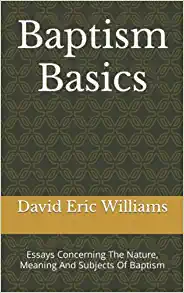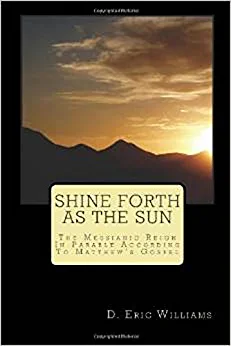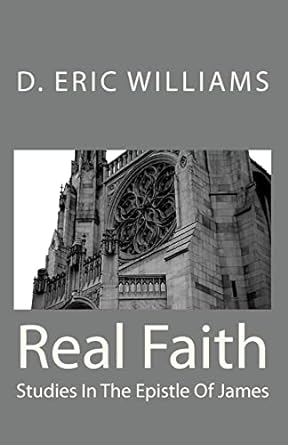The Last Days Part 7
© 11.21.16 By David Eric Williams
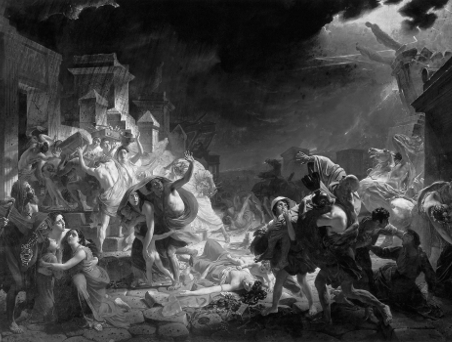 In the mind of the Jews of the first century Jerusalem was the literal center of the universe. What they believed to be "Isaac's Rock" on the temple mount (Moriah), they considered the foundation stone of the world [Colin Cross, Who Was Jesus?, (1970; New York: Barnes & Noble Books, 1993), 49]. Their "mental and spiritual horizon was bounded by Palestine" [Alfred Edersheim, The Life And Times of Jesus The Messiah, (Peabody MA: Hendrickson Publishers, n.d.), 84.]
In the mind of the Jews of the first century Jerusalem was the literal center of the universe. What they believed to be "Isaac's Rock" on the temple mount (Moriah), they considered the foundation stone of the world [Colin Cross, Who Was Jesus?, (1970; New York: Barnes & Noble Books, 1993), 49]. Their "mental and spiritual horizon was bounded by Palestine" [Alfred Edersheim, The Life And Times of Jesus The Messiah, (Peabody MA: Hendrickson Publishers, n.d.), 84.]
Indeed, it was not only Jews who regarded Jerusalem and the temple as the spiritual center of the inhabited earth: God fearing Gentiles and pagans alike sought favor from God (or the gods), within its walls or from its people [Josephus, Wars, 2.17.3, 5.1.3, Against Apion, 2.40. Philo, The Works Of Philo, trans., C. D. Yonge, (Peabody MA: Hendrickson Publishers, 1993), "Flaccus," 12.170] Hence the importance of bringing the old covenant age to a thundering close, a close that would not, could not be mistaken for anything other than the proof Jesus promised to produce concerning his claims to the "Messiahship" and his divine "Sonship" - the one who would reign at God's right hand (Matthew 24:30, 26:64). This is what happened with the destruction of Jerusalem and the temple in A.D. 70. This event signaled the end the writers of the New Testament were most concerned with [John Lightfoot, Commentary On The New Testament From The Talmud And Hebraica, 4 vols., (1859; Peabody MA: Hendrickson Publishers, 1995), 2.309-310, 320-321, 4.258.]
In short the New Testament writers said the end was near because it was. The last days which the Bible emphasizes took place during the first century. They were the last days of the old covenant age, not the last days of human history directly preceding the second coming of Christ. The authors of the New Testament where not mistaken nor were they using language that said one thing but meant another. The end of the age was at hand and took place within a generation of the death, resurrection and ascension of Jesus Christ. The closure of one age and the fullness of another were signaled by the overthrow of the Jewish nation by the Romans and their allied armies. This dramatic, visible, closure of the old age was also a necessary catharsis for the Church because of the imagined importance of Jerusalem and the temple (and its ritual), in the minds of many early Christians. Although Jerusalem was the center of opposition to first century Christianity, the tie between Jerusalem (and Judaism), and the Church was strong. The truth is, the early church, Gentile as well as Jew, was quite "Jewish." This was so in part because the Church rightly considered itself to be Israel. The problem was, the Church found it difficult to recognize where (true) Israel began and ended. Thus, the need for a dramatic conclusion to the old covenant order.
Entire Site Copyright © 2025 By David Eric Williams
